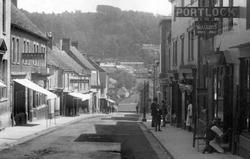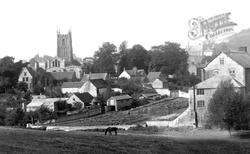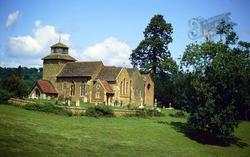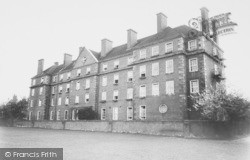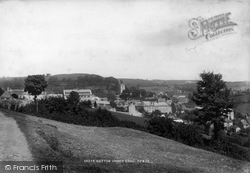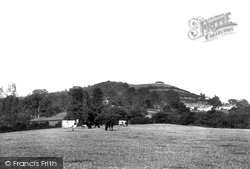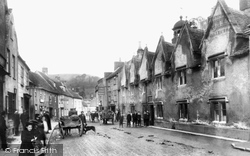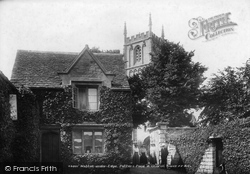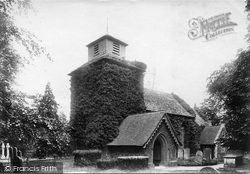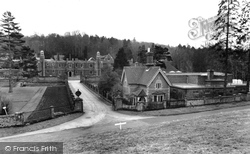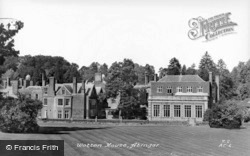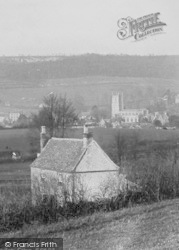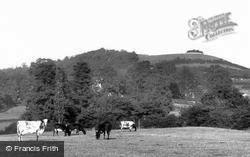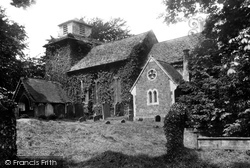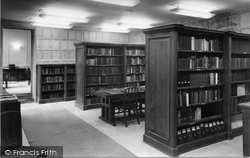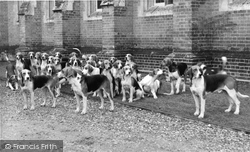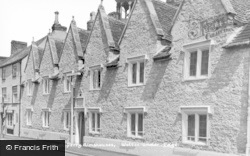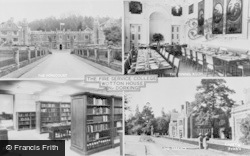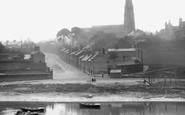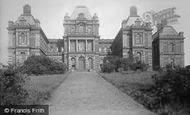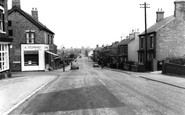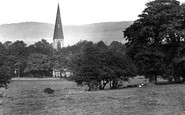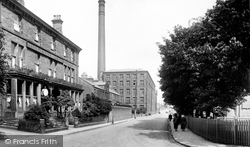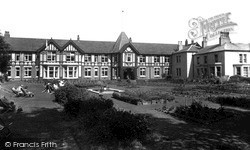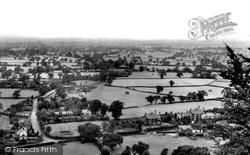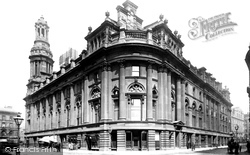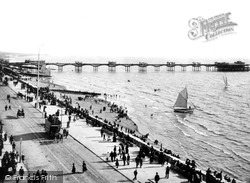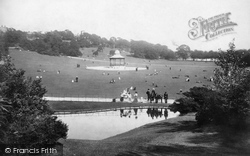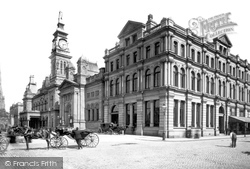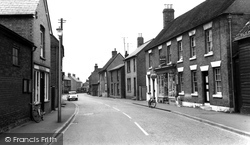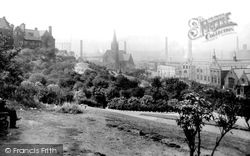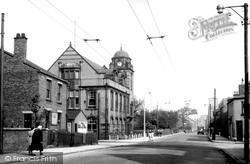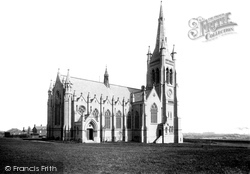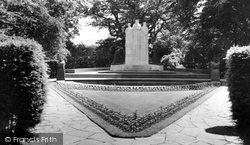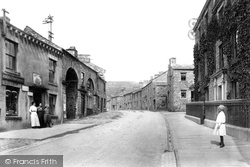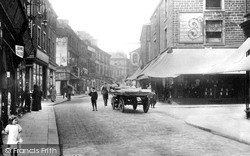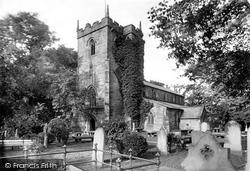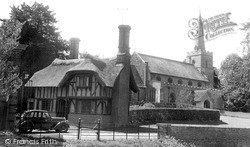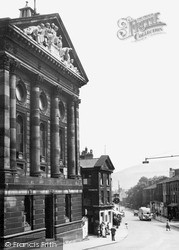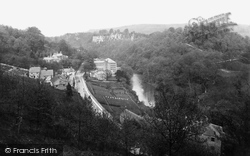Places
5 places found.
Those places high-lighted have photos. All locations may have maps, books and memories.
Photos
104 photos found. Showing results 21 to 40.
Maps
75 maps found.
Books
Sorry, no books were found that related to your search.
Memories
177 memories found. Showing results 11 to 20.
English At Heart
I am an American who went to school in Chester in 1966/67. Rather, should I say, I was registered for school at Chester College. However, I can't say I was actually in the building very often. There just always seemed to be ...Read more
A memory of Chester in 1966 by
Brampton Road Primary School
I began my school days during the 1950's at Brampton Road Primary School, Bexleyheath. My over-riding memory is a time of innocence, wonder and happiness, where we were given freedom to learn and be creative in a ...Read more
A memory of Bexleyheath by
Bicycles And A Happy Hunting Ground.
Being the offspring of parents otherwise engaged, and only partially supervised by a succession of Nannies, whose only concern was that we should be clean and respectably dressed when we got up to mischief, ...Read more
A memory of New Milton in 1950 by
Poetry
This poem was sent to mac by Mrs S. Holmes: Death of Chelmsley Wood The sheer delight of summer afternoons, As through the fields in cotton frocks we walked, The long grass licking at our gangly legs, While we in deep contentment ...Read more
A memory of Chelmsley Wood in 1995
Carole Dewhurst My First Stay In The Infirmary
I was 8 years old when on November the 5th I was not at all well. My mum was at work in the cotton mill in Lower Darwen, my sister and brother were out at the bonfire across the street, Dad was sitting with me. Mum ...Read more
A memory of Blackburn in 1953 by
St Malachys Primary School 1951 To 1956
I was born in Manchester in 1945, and moved with my family to Kingsly Crescent Collyhurst flats. My father died in 1948, and my mother, brother Joe and I moved to Elizabeth-Ann Street, Collyhurst, where ...Read more
A memory of Collyhurst in 1951 by
The 1950s
Though I have some recall of the 1940s - eg starting school in 1948 at the age of three and a half and being reluctant to get off a rocking horse on the first day, it was the 1950s that really kicked in - to the accompaniment of songs ...Read more
A memory of Corwen in 1950 by
My Gran
My gran was born on this street, she lived here till she married then moved to Huthwaite village where we grew up. I loved exploring Derbyshire. Most of my ancestors were born here including Sir Richard Arkwright (Inventor of the cotton mill)..Great memories...
A memory of South Normanton by
Bamford Parish Church No One Cares Anymore
A churchyard is a place where families can be near their deceased loved ones, a calm and beautiful place surrounded by trees and flowers, but that is not the case in Bamford churchyard. The grass and ...Read more
A memory of Bamford in 2009 by
Any Memories Of Bill Black
There was music shop on the Thornton Road in the mid 1950s, run by a Ada Lilian Rose who lived there with her three children. It's a bit of a long shot but I'm actually trying to trace someone called William or ...Read more
A memory of Thornton Heath in 1956 by
Captions
124 captions found. Showing results 25 to 48.
By the 1830s there were 44 cotton mills in the Craven district, the main centres being Skipton, Settle and Barnoldswick.
It was built to transport cotton and silk as well as coal and stone; today, used mainly by holidaymakers, it is considered one of the prettiest waterways in the country.
On the left are convalescent cotton mill workers; but as mills closed all over Lancashire, the building closed as a convalescent home and was bought by Wyre Borough Council to be their Civic Centre—it
Close to Butlin's (now Botton's) amusement park, the model yacht pond - opened 1930 - was a popular attraction for many years, with a kiosk nearby for hiring all kinds of vessels.
Before clean air acts and the decline of the cotton industry, the only time people could see the Lancashire hills across the Mersey Basin was during Wakes week.
Other local industries included brewing, spinning, dyeing, cotton and worsted manufacture and lead mining.
The Royal Exchange was where the Lancashire cotton industry did business with the world.
By the mid-1890s, most Lancashire cotton towns enjoyed a full Wakes Week.
As well as being lovely parks for the people, they were begun to provide work for some of the thousands laid off due to the cotton famine, which was caused by the American Civil War.
He had previously made his fortune as a cotton mill owner and by investing in the railways.
New shopping arcades were established along Low Street and North Street at the turn of the century, as the town's population continued to enjoy the fruits of the cotton boom years.
It was thanks to the generosity of cotton manufacturer William Atkinson that Southport got a Free Library and Art Gallery; he paid for both of them.
After a disastrous fire in 1600 which nearly destroyed the entire town, the market was moved to nearby Potton, in Bedfordshire.
., situated on the Roche, and is one of the chief seats of the flannel and woollen industry and has also many large cotton-mills'.
Other local industries included brewing, spinning, dyeing, cotton and worsted manufacture and lead mining.
Atherton was a cotton-spinning town, and for 200 years a mining community. Local collieries included Howe Bridge, Gibfield, and Chanter.
A large church with fine Gothic windows, it was paid for by the Haworth family, who had made their money from cotton spinning and fustian making.
Dating from 1926, the war memorial was opened by the Earl of Derby, though its cost was borne by Caleb Thornber, a cotton manufacturer and former Mayor of Burnley.
Many of the buildings along the main street are imposing, three-storey houses, dating from the period when the town was a centre for lead-mining, cotton and worsted manufacture.
New shopping arcades were established along Low Street and North Street at the turn of the century, as the town's population continued to enjoy the fruits of the cotton boom years.
The most famous person resting here must be John Horrocks, who founded his great cotton empire at Preston. You can see the iron railings around his grave at the bottom left of our picture.
When the Cotton family commissioned Capability Brown to design a park in 1756, he cut a swathe through the village, separating the church and a couple of farms and cottages from the rest of the village
Todmorden Town Hall, built in 1870, once stood on the border between Yorkshire and Lancashire, a fact reflected in the carvings in the pediment frieze on its classical front, shown here: there are bales of cotton
The mill was built in 1784; it succeeded Arkwright's first mill in Mill Lane, which was the first water-powered cotton mill in the world.
Places (5)
Photos (104)
Memories (177)
Books (0)
Maps (75)



